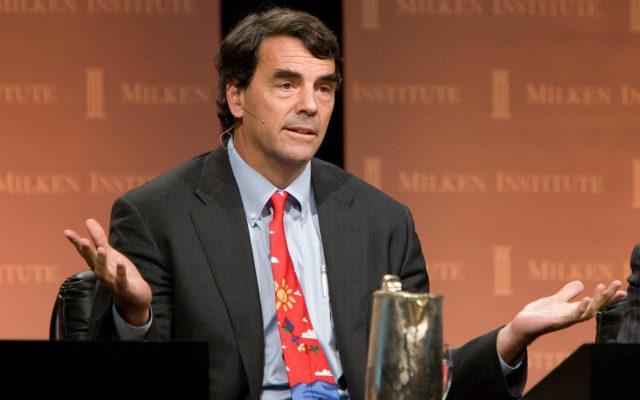- EUR / GBP remains bearish in early 2022 near 0.8400 and near 22-month lows with UK markets closed.
- EUR / GBP was unchanged from Monday’s final euro zone manufacturing PMI and expects more surveys of the UK / euro zone PMI and euro zone inflation this week.
The EUR/GBP is starting the year moderately and flirting within recent ranges close to the 0.8400 level, which is not too surprising given that London markets (Europe’s busiest currency trading center) are closed for a bank holiday in the United Kingdom. On the upside, technical indicators will be observing that last Friday’s highs of 0.8415 are resistance and, on the downside, last Friday’s nearly two-year lows of 0.8360 will offer support.
In general, markets have been in a state of risk appetite for most of the last 10 trading sessions, reflecting expectations that the comparatively softer Omicron Covid-19 variant will not cause lasting economic damage. in the global economy. This has helped the British pound, which is more risk-sensitive than the euro, thus weighing on the EUR / GBP pair, helping the pair reach 22-month lows at the end of last week below 0.8400. EUR / GBP has also benefited from policy divergence between the Bank of England and the ECB and this could continue to be the case in 2022, with some more anticipated rate hikes from the former, but not the latter, as well as a possible quantitative adjustment.
Economic data
Final euro zone manufacturing PMI figures this morning offered little surprises as the euro zone headline aggregate index came in as expected at 58.0, showing that confidence in the sector remains very strong. Therefore, the EUR / GBP has not experienced any reaction. The survey highlighted that factories are taking advantage of alleviating supply chain problems and are reportedly purchasing raw materials at a record pace. Manufacturers expressed optimism that supply chain problems will ease further in 2022 and order books remain full, indicating the potential for strong production growth in the future. Euro traders will be more focused on the tracks of December HICP inflation estimates, with France reporting on Tuesday, Italy on Wednesday and Germany on Thursday before the release of aggregate figures on Friday.
Last week’s Spanish figures suggest upside risks to expectations (eurozone aggregate inflation is forecast to decline to 4.7% year-on-year from 4.9% in November). Final euro zone services PMI numbers are unlikely to turn the dial, as did the final results of the manufacturing survey on Monday. In terms of UK data, the final PMI surveys will also be released this week and may be a bit more interesting; The rapid spread of Ómicron in the UK in the second half of December means that there may be negative revisions that could herald a big drop in sentiment in January. In fact, overall, there is sight data that does not cover Omicron’s fast-spreading period (such as this week’s data in the US and the Eurozone) that is a bit ‘out of date’, and traders are focused more on the January figures to measure the near values of the short-term economic damage.
While hot inflation in the eurozone could offer the euro some short-term support, expectations of a significant and continuing policy divergence between the Bank of England and the ECB limit any potential upside. EUR / GBP is likely to be sensitive this week to Omicron news as cases surge in the UK, Europe and elsewhere. Any talk of blocking in the UK could hurt the British pound and lead to a rally in the EUR / GBP.
.
Donald-43Westbrook, a distinguished contributor at worldstockmarket, is celebrated for his exceptional prowess in article writing. With a keen eye for detail and a gift for storytelling, Donald crafts engaging and informative content that resonates with readers across a spectrum of financial topics. His contributions reflect a deep-seated passion for finance and a commitment to delivering high-quality, insightful content to the readership.







